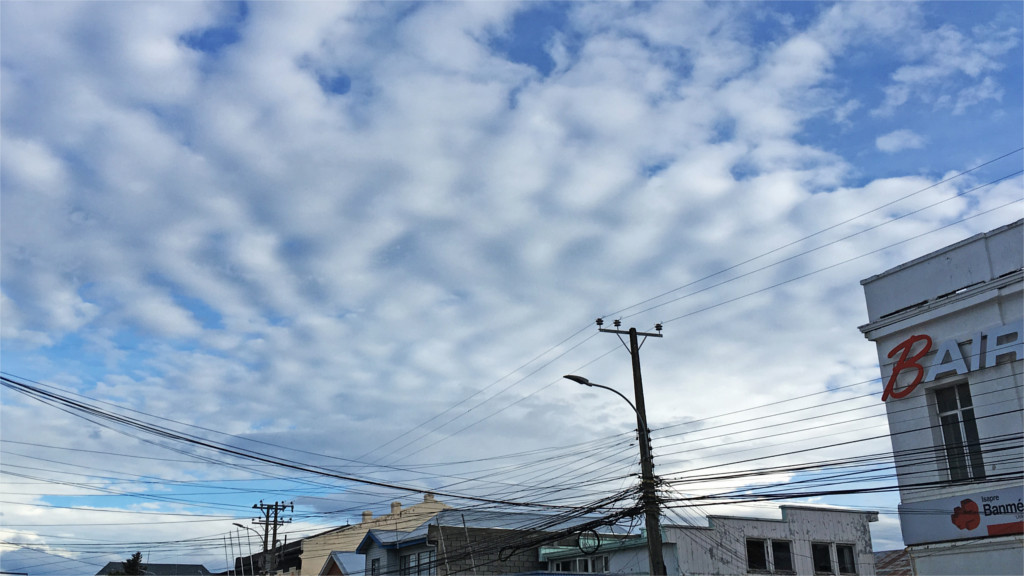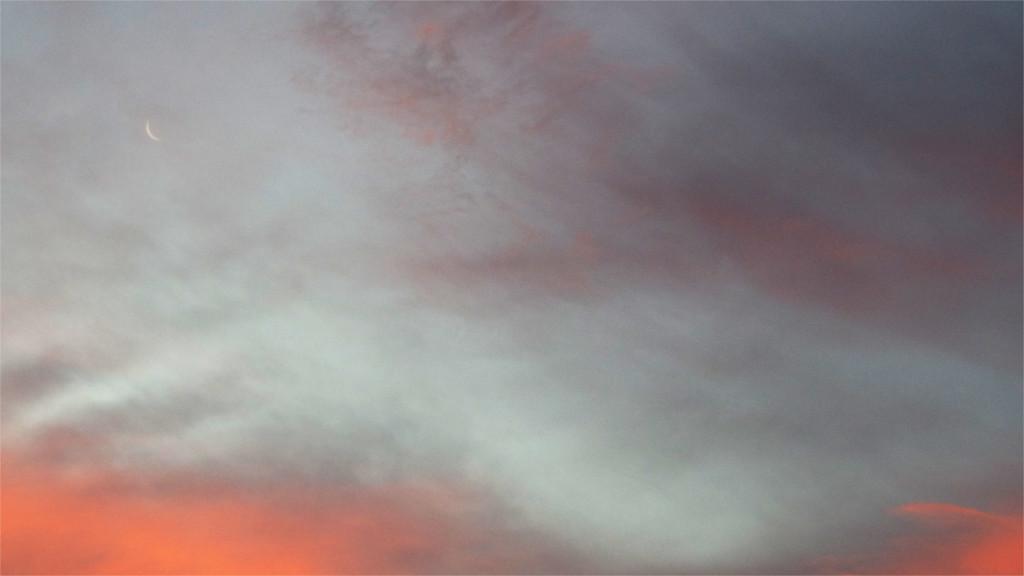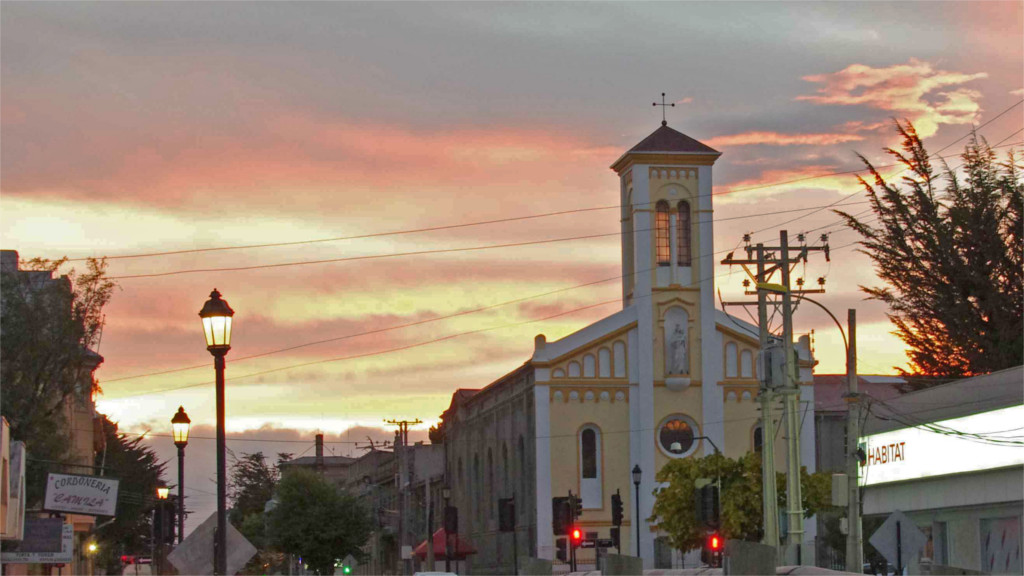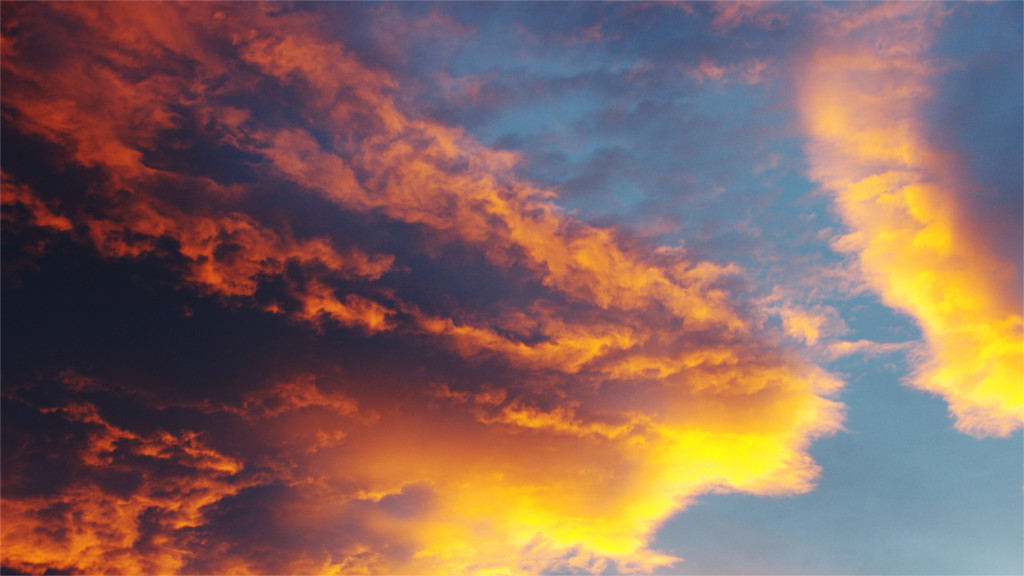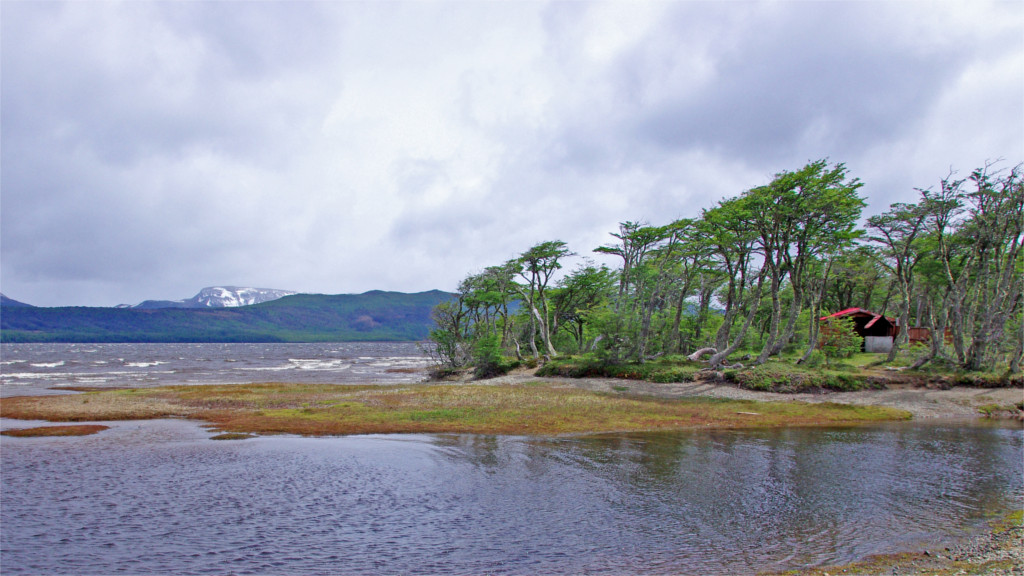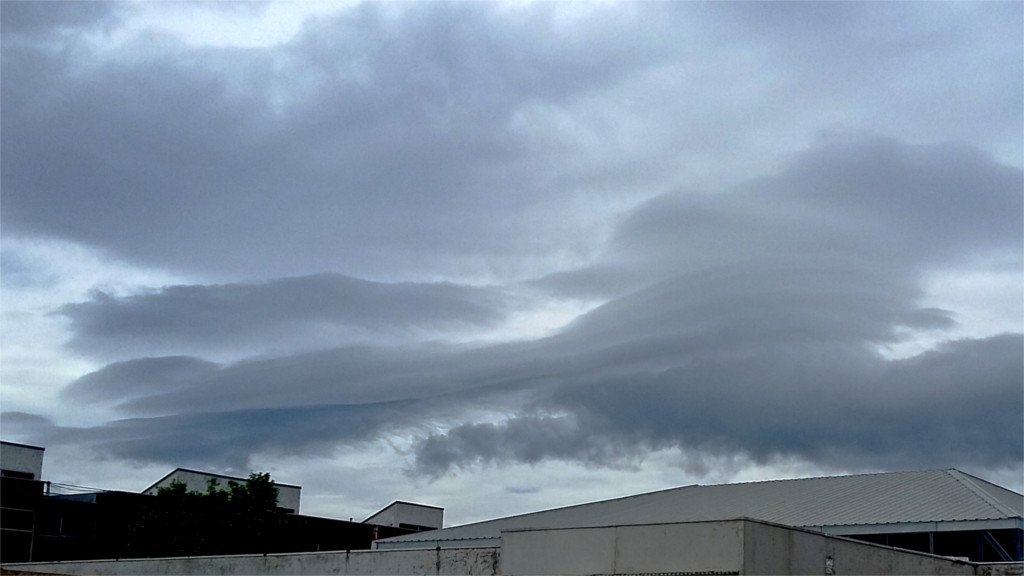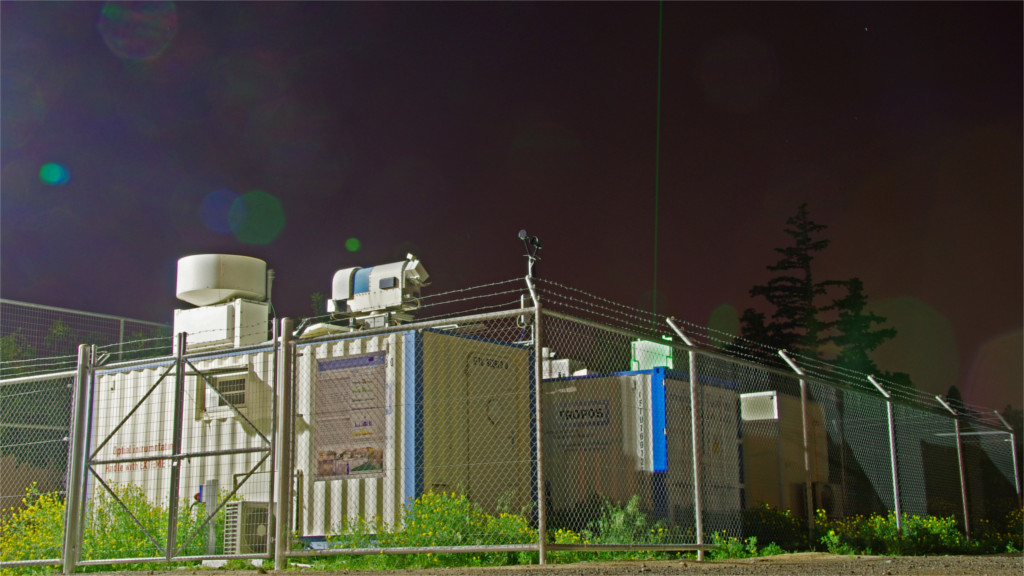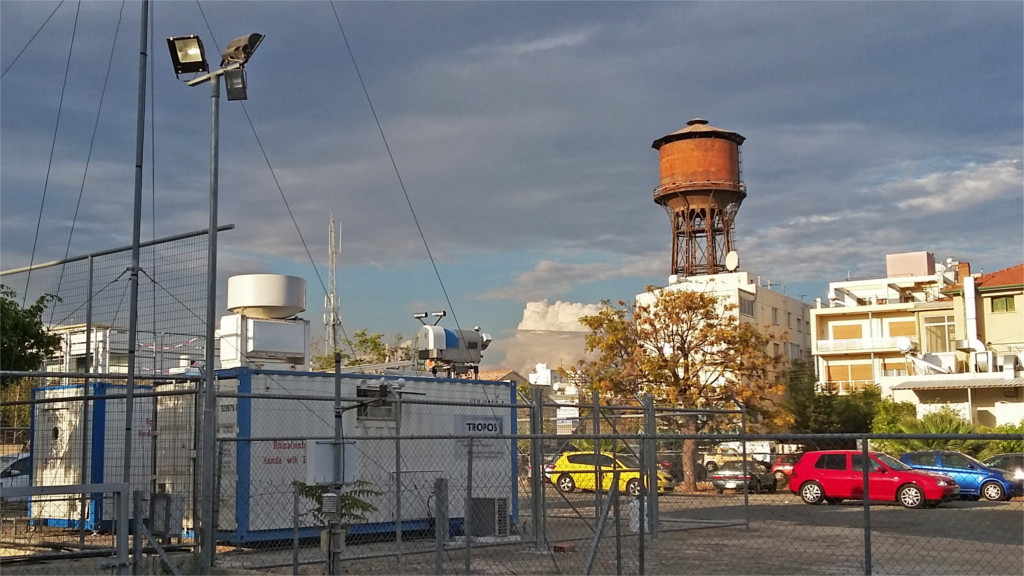DACAPO in brief
Clouds and aerosols are inseparably coupled, linked via complex pathways of interaction whose outcome manifests in the macroscopic properties of precipitation and radiation fields. The project DACAPO (Dynamics, Aerosol, Cloud And Precipitation Observations) aims on disentangling the different processes involved in the formation of clouds, precipitation and their radiative impact. The approach to achieve this goal is threefold:
- Conducting field experiments in key regions of aerosol pollution, ranging from clean near-pristine, over moderately polluted to highly polluted places.
- Development of novel observational techniques and methods for data analysis. Key for understanding the role of aerosol particles in cloud and precipitation formation is to characterize number, size and mass of the particles involved in the processes. It is still a long way to go to make this feasible with remote sensing techniques.
- Evaluate regional contrasts of aerosol, cloud, dynamics and precipitation properties on a statistical basis. This requires the availability of long-term, quality controlled data sets


.jpg)
.jpg)
.jpg)
